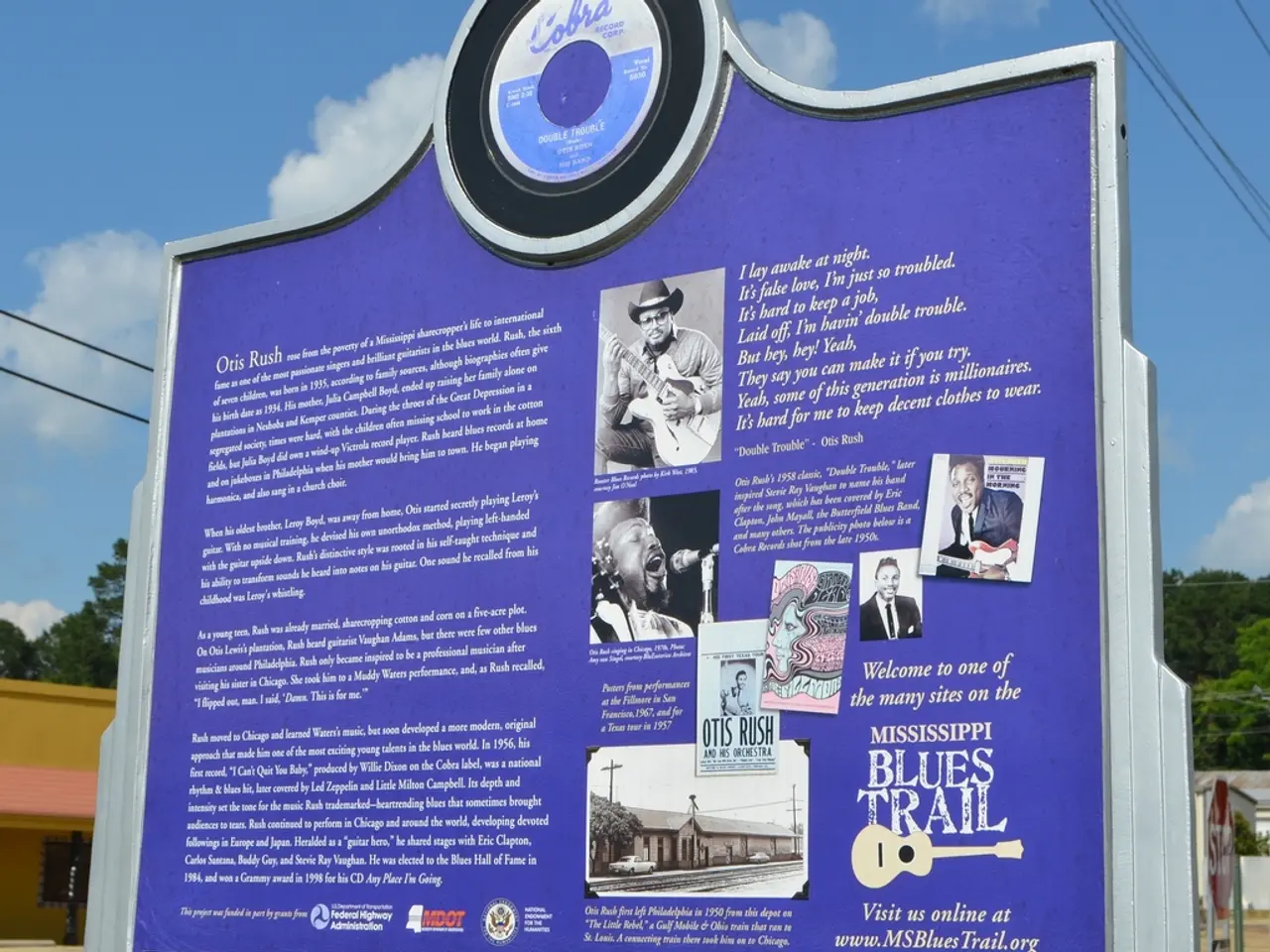Virtual Production's Journey: Revolutionizing the Art of Manufacturing in the Clouds
In today's digital world, everything is connected to an IP data network, and the extension of this trend is seen in NDI, a software-defined workflow. This shift towards software-defined infrastructure (SDI) is revolutionising the media and entertainment industry, allowing for the redefinition of workflows and tools without significant changes to the physical infrastructure.
With SDI, a computer with sufficient processing power can run any software application, such as Viz Vectar Plus or a new Grass Valley switcher. This flexibility is made possible by IP transport workflows, such as SMPTE ST 2110, NDI, and Dante AV, which are essential for deploying SDI.
Users have the freedom to choose whether on-premise, cloud, or hybrid is the best approach to run any given part of their infrastructure. In a software-defined environment, hardware requirements are minimal, with control surfaces being the only exception (physical or virtual). This break down of barriers between on-premise, remote, and cloud operations is transforming the industry.
As we transition to virtualised infrastructures, on-premise facilities will increasingly resemble cloud-based systems. A software-defined infrastructure gives clients the freedom to experiment with different products within a software-based system. General purpose computing, including GPU-based computing, has removed the need for dedicated, specialized processing hardware.
Software-defined audio is already common in higher-end broadcast mixing consoles, with examples like SSL's System T broadcast audio platform. In a private cloud setup, virtualised systems run in the same way as the public cloud, but the computing power lives on premise.
The NewTek TriCaster, now owned by Vizrt, is an example of a software-defined infrastructure, despite being sold as an appliance. Transitions to software-defined infrastructure are happening on the video side, with products like Gallery's Sienna virtualizing audio and video signals.
In a public cloud scenario, infrastructure is rented from a hyperscaler and does not live in your facility. Previously, software-defined workflows at high production values were impossible due to a lack of compute power. However, with the advent of SDI, these limitations are being overcome.
Virtual production refers to virtualised production infrastructure, which is software-defined and not confined to one piece of physical equipment. This allows talent to operate from wherever they are, using applications in containers such as Docker.
Understanding computing technology beyond the desktop and server, including cluster computing, is necessary for moving forward with the industry. Key trends shaping this landscape include hybrid cloud and on-premises deployments, AI-driven automation, virtualised networking and workflow orchestration, and edge computing and decentralized integration.
These trends are leading to enhanced agility and scalability, greater personalization and interactivity, operational efficiency and cost reduction, and seamless ecosystem integration. The future of the media and entertainment industry lies in software-defined and virtualised infrastructures, which will enable scalable, AI-augmented workflows that support the growing complexity and volume of digital content.
- In a software-defined environment, users can experiment with various products, such as Viz Vectar Plus or new Grass Valley switchers, as a computer with sufficient processing power can run any software application, thanks to IP transport workflows like SMPTE ST 2110, NDI, and Dante AV, which are crucial for deploying software-defined infrastructure (SDI).
- The future of the media and entertainment industry unfolds in software-defined and virtualised infrastructures, one key trend being the support of scalable, AI-augmented workflows that can handle the growing complexity and volume of digital content, thanks to advancements in data-and-cloud-computing technology.




